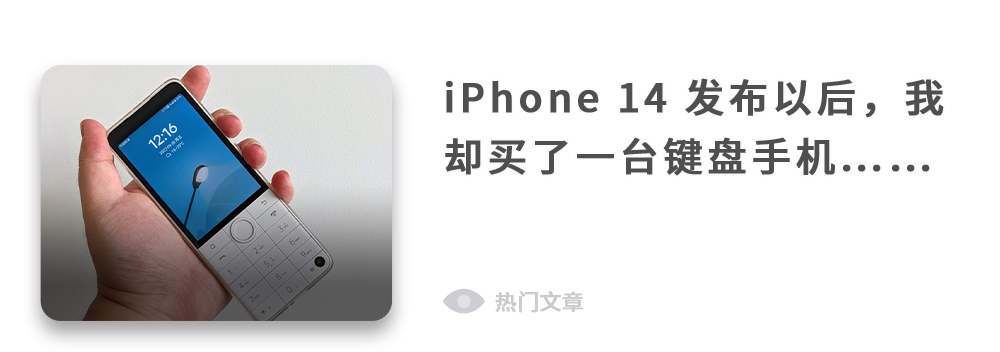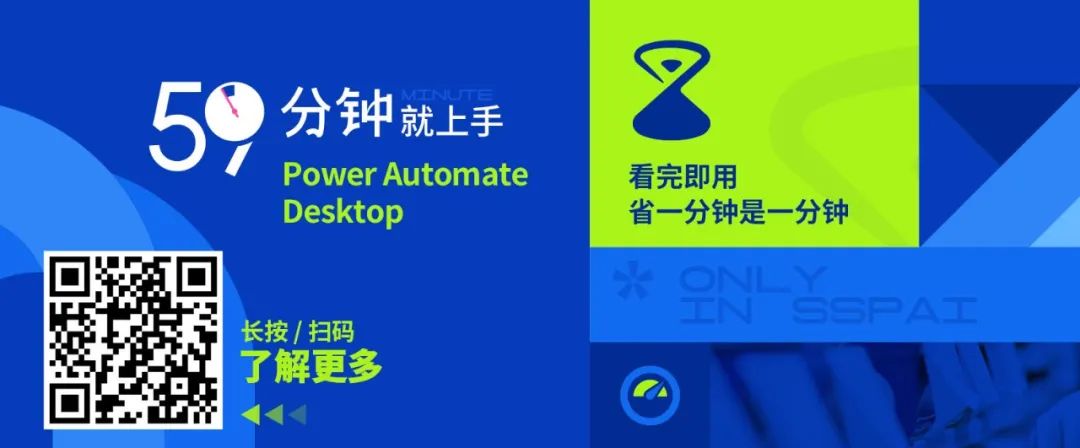I am a user of the Tesla Model 3, and I personally find that the navigation and entertainment system in Tesla is indeed not very user-friendly. Of course, this may also be related to my daily preference for using Gaode Navigation and listening to music on Spotify. I believe many Tesla users, like me, are very eager to use Apple’s CarPlay. However, Tesla’s in-car system is actually Linux-based and very closed, and there currently aren’t really any shortcuts for cracking and installing software.
However, a Polish developer, Michał Gapiński, recently provided a solution using Raspberry Pi to enable CarPlay on Tesla. Previously, it required two Raspberry Pi development boards, but it has recently been simplified to one, and it has become much simpler and more stable. I will share a tutorial with everyone.
It should be noted that the price of the Raspberry Pi 4B is still relatively high, and the entire process is somewhat complicated. The fun of tinkering outweighs the actual usage significance, so I do not recommend buying a Raspberry Pi specifically for this purpose, nor do I recommend it for those who are not familiar with flashing.
To achieve the effect of using CarPlay on Tesla, you need to prepare:
Of course, some are optional: for example, the Raspberry Pi case and cooling fan; it is recommended to choose a plastic case, as a metal one may shield the Raspberry Pi’s Wi-Fi signal. If you want Tesla to connect to the Raspberry Pi’s Wi-Fi while still using the internet, you need to purchase a USB 4G modem. When connected to a Wi-Fi without internet, Tesla will be offline.
01 Write Android to SD Card
Open the downloaded etcher tool, select the deploy-sd.img file in the unzipped folder, and then select the Raspberry Pi’s SD card to write. Download link: https://www.balena.io/etcher/
▍Install Android on Raspberry Pi
After inserting the SD card into the Raspberry Pi, connect it to the computer with the USB Type-C data cable. Please ensure that the computer has the adb tool installed; Windows users may also need to install the USB driver separately.
Then open the terminal and navigate to the path of the extracted folder, and execute the following commands:
fastboot flash gpt deploy-gpt.img
fastboot flash bootloader bootloader-sd.img
fastboot flash uboot-env env.img
fastboot reboot
Wait for the reboot to complete and continue executing:
fastboot oem format
fastboot flash bootloader bootloader-sd.img
fastboot flash uboot-env env.img
fastboot flash boot boot.img
fastboot flash vendor_boot vendor_boot.img
fastboot flash dtbo_a boot_dtbo.img
fastboot erase misc
fastboot reboot-fastboot
Wait for the reboot to complete and continue executing:
fastboot flash super super.img
fastboot format:ext4 userdata
fastboot format:ext4 metadata
fastboot reboot
Terminal execution commands
After the terminal execution is completed as shown in the image above, the last step may take a few minutes. The first startup of the Raspberry Pi Android system also requires a few extra minutes, so please be patient. Finally, if you can find the Tesla-Android Wi-Fi hotspot, it indicates that the startup is complete, and the default Wi-Fi password is: changeit.
▍Assemble the CarPlay System
Connect the display cable of the Raspberry Pi to the HDMI to CSI-2 adapter board, then use the Micro HDMI cable to connect the HDMI port of the Raspberry Pi to the adapter. Connect the CarLinkit CarPlay box to the USB port of the Raspberry Pi, and finally power it through USB Type-C to use.
Open with a computer browser
We can connect to the Tesla-Android Wi-Fi with a computer and use the browser to enter 9.9.0.1. If the above steps are completed correctly, this page will display the Android 12 operating system installed on the Raspberry Pi.
Tesla CarPlay Playing Spotify
The installed and debugged CarPlay system can be placed in the Tesla’s armrest box, using the charging interface here. Tesla needs to connect to the Tesla-Android Wi-Fi and check “Keep Connected While Driving” to use it normally while driving. Use the Tesla browser to open 9.9.0.1 to access the Android system interface of the Raspberry Pi, and from the App that comes with CarLinkit AutoKit, you can start CarPlay.
Set Audio Channel Bluetooth
It should be noted that the audio of AutoKit needs to be set to Bluetooth mode so that the phone can connect directly to Tesla to play audio.
As you can see, this method of enabling CarPlay on Tesla seems overly “geeky”. The principle is to run the Android system on the Raspberry Pi and output video to the camera interface, finally achieving real-time display through web streaming.
This method’s user experience is not ideal; firstly, the Tesla browser’s position is fixed in the lower right corner and cannot be displayed in full screen; secondly, the quality of the streaming image varies with Wi-Fi signal fluctuations; finally, the smoothness of running Android on the Raspberry Pi is not good, and the price of the Raspberry Pi 4B board has now risen to over 700 yuan, making the overall cost of setting up this system not low. Currently, this solution remains at the stage of “just for fun”; we should still hope that Tesla’s in-car system will become more open and user-friendly.
https://sspai.com/post/76097?utm_source=wechat&utm_medium=social
/ More Popular Articles /













